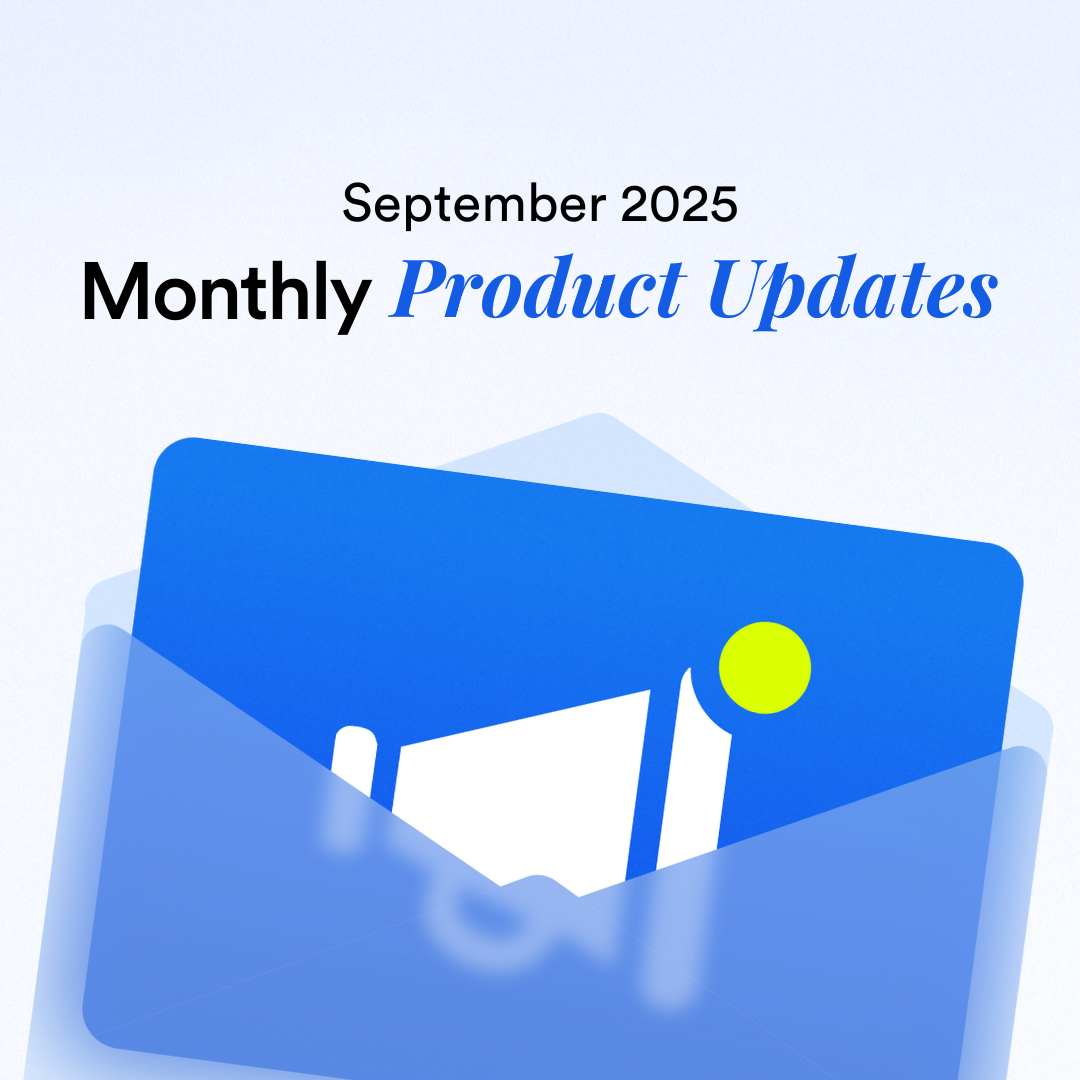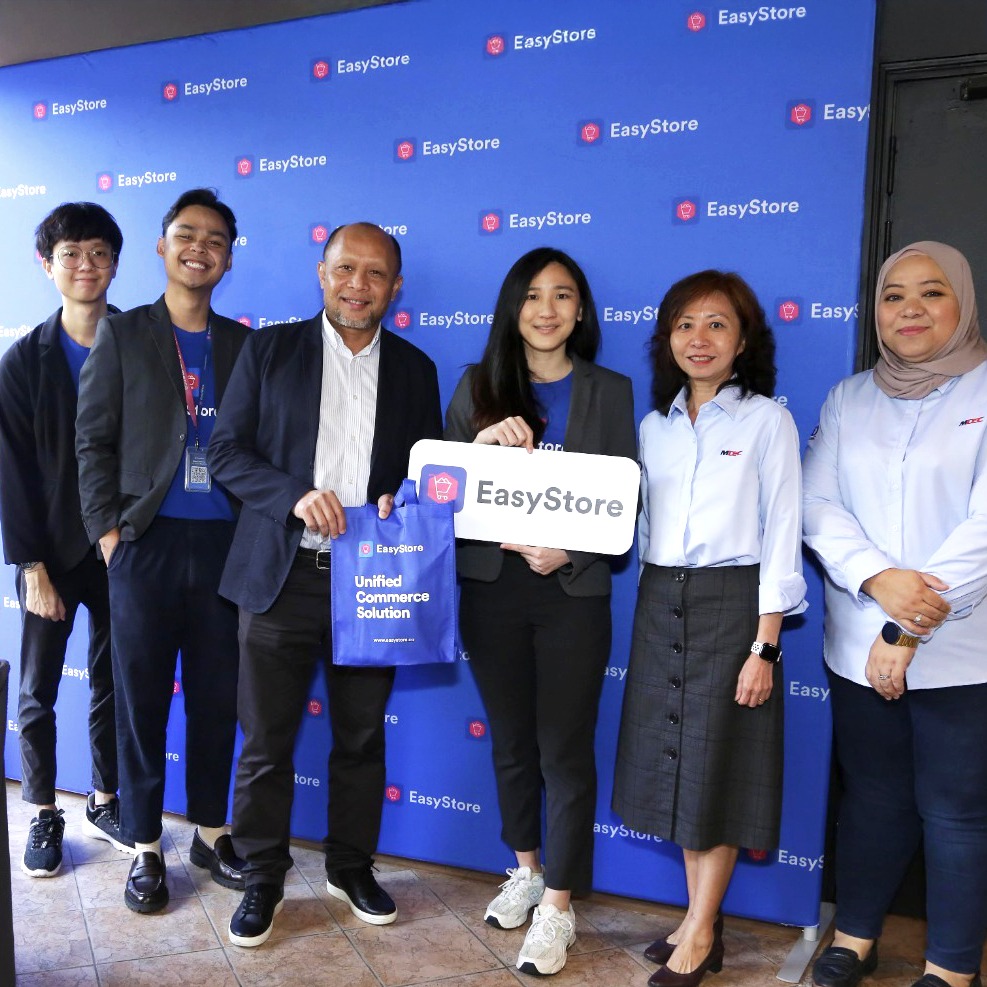Why Retailers Are Moving from Omnichannel to Unified Commerce and UCX
By Frost Chen · 17th November, 2023

Table of Contents
This blog was updated on 26 May 2025, for more information connect with our team: https://www.easystore.co/contact
Why Retailers Are Moving from Omnichannel to Unified Commerce and UCX
In the fast-paced world of modern retail, the once-groundbreaking omnichannel approach is beginning to show its limitations. While it helped businesses expand their presence across multiple platforms, it now struggles to meet the growing complexity of consumer expectations.
Challenges like inconsistent data, fragmented customer service, pricing discrepancies, poor data utilization, limited inventory visibility, and ineffective content delivery highlight why omnichannel may no longer be enough.
Today, leading retailers are shifting toward Unified Commerce and Unified Customer Experience (UCX)—strategies that offer a more integrated, personalized, and efficient retail experience.
The Limitations of Omnichannel Retail
1. Data Inconsistencies Across Channels
Omnichannel retailing depends on synchronizing data across various platforms. But when systems fail to communicate smoothly, customers experience friction.
For instance, a shopper may add a product to their online cart but be unable to complete the purchase in-store due to incompatible systems—damaging trust and satisfaction.
2. Fragmented Customer Service
According to research, 88% of consumers stop doing business with a company due to poor service. Omnichannel often results in inconsistent support, where customers must repeat themselves across different service channels. This leads to a disjointed experience and increased frustration.
3. Price Inconsistencies
In a landscape where 74% of B2B buyers conduct online research before purchasing, inconsistent pricing between platforms can break trust and send customers to competitors.
4. Ineffective Data Utilization
With consumer data evolving rapidly, 60% of customer data becomes outdated within two years. Omnichannel strategies often lack the capability to update and leverage this data in real-time, leading to irrelevant marketing efforts and missed opportunities.
5. Lack of Inventory Transparency
Accurate, real-time inventory visibility is essential in today’s commerce environment. Yet many businesses operating under an omnichannel model struggle to present unified stock information across channels—frustrating shoppers and causing missed sales.
6. Generic Content Strategies
Omnichannel retailers frequently distribute the same message across platforms. But without tailoring content to each audience segment or channel, engagement weakens, and the overall strategy loses impact.
Why Unified Commerce and UCX Are the Future
Retailers are moving beyond omnichannel in favor of more advanced strategies: Unified Commerce and Unified Customer Experience (UCX). These solutions offer better control, improved efficiency, and seamless customer journeys.
Unified Commerce: One System, One Source of Truth
Unlike omnichannel, Unified Commerce operates on a single, centralized platform that synchronizes operations across all touchpoints—online stores, physical outlets, marketplaces, and mobile apps. This eliminates data fragmentation and enhances accuracy in real-time inventory, pricing, and customer profiles.
UCX: Personalized and Seamless Interactions
UCX prioritizes a consistent, customer-first approach across every touchpoint.
Whether a customer shops online, in-store, or through social media, UCX ensures the interaction feels connected and personalized—improving satisfaction, engagement, and loyalty.
Implementing Unified Commerce and UCX in Your Business
To make the shift successfully, businesses should focus on:
Technology Integration: Adopt platforms that enable full data synchronization and unified retail operations.
Customer Personalization: Use real-time insights to tailor recommendations, communication, and promotions.
Real-Time Inventory Management: Offer accurate product availability across every channel to streamline purchasing.
Segmented Content Strategy: Develop platform-specific content to engage different customer groups effectively.
Conclusion
Retail is evolving—and fast. While omnichannel once helped businesses expand their reach, it now falls short of delivering the seamless, data-driven experiences modern consumers expect.
Unified Commerce and UCX are the natural progression. They don’t just connect channels—they unify the entire experience, empowering brands to deliver smarter, faster, and more personalized service at scale.
For forward-thinking retailers, adopting Unified Commerce and UCX isn’t just a competitive advantage—it’s a strategic imperative for long-term growth.
Let’s explore how EasyStore can help power your transition.
Make Customers Love Buying From You
EasyStore empowers your brand to prioritize customers and enhance their experience, creating a unified customer experience (UCX) that makes customers love buying from you.
Over 50,000 brands have grown their businesses by embracing unified customer experiences (UCX) strategy through EasyStore across multiple sales channels - online store, retail outlets, marketplaces, and social media, ensuring consistency in product and service offerings for a seamless shopping journey.
Embrace UCX and redefine your business success today
Discover how UCX can elevate your customer engagement with a truly unified journey for your customers, streamline operations, and drive growth across all channels.
Contact Us




